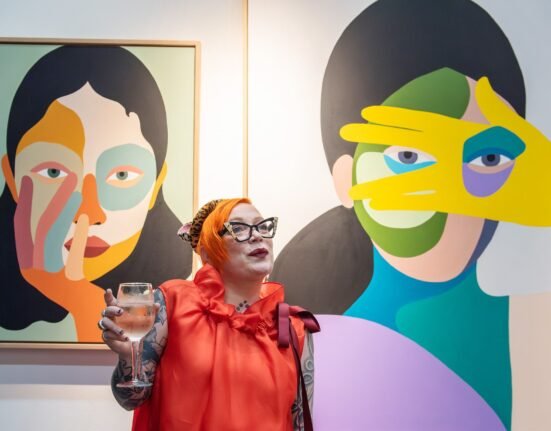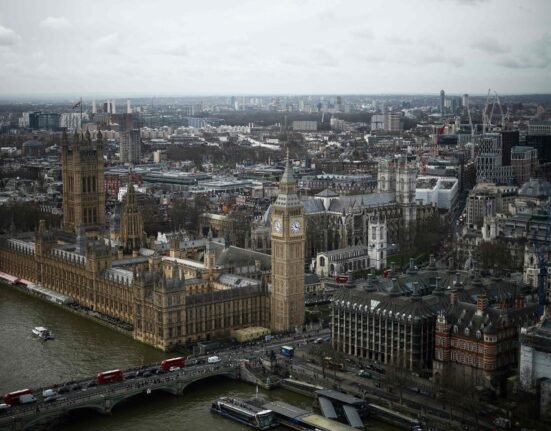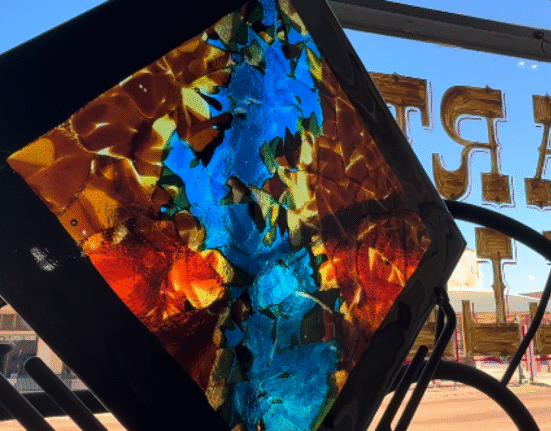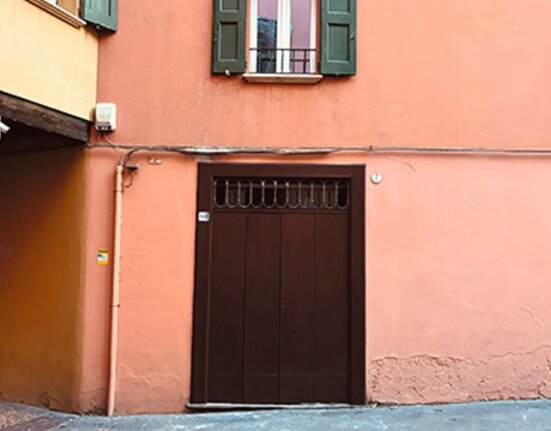
Welcome to One Fine Show, where Observer highlights a recently opened exhibition at a museum not in New York City, a place we know and love that already receives plenty of attention.
Something tells me that Art Deco will survive any waves of art censorship that may or may not emanate from the United States government in the future. There’s just something so American about a work that could be used to illustrate the cover of an Ayn Rand novel. The enduring aesthetics of the era have even led to a new musical version of The Great Gatsby on Broadway, where influencers receive hand fans reading “Team Gatsby” or “Team Daisy.” Maybe I’ll see it if they make one that says “Team Jordan Baker.”
Someone else who might be said to be on that team is the artist Tamara de Lempicka (1894-1980), whose eponymous show at the Museum of Fine Arts, Houston represents the first major museum survey devoted to the artist in the United States. The show comes from the Fine Arts Museums of San Francisco and explores the Polish painter’s trenchant, sensual style across a career that saw her zoom through the Roaring Twenties and eventually careen into that great wall of the 20th Century, World War II.
Lempicka’s aesthetics are so associated with the essence of Art Deco that pictures of her work probably exist next to its definition in some dictionaries. Take Portrait of Ira P. (1930), in which our many cornered heroine pushes against a wall. Difficult to tell if she’s trying to break through or just support it like a column. Her rich thighs resemble those of a sculpture at a Greek temple and she carries a cluster of flowers that look like they were done in marble.
SEE ALSO: Art Collector Athanasios Polychronopoulos Is Bringing A.I. Art to Delphi
“I had to have it,” writes the painting’s one-time owner Barbra Streisand in the catalogue’s preface, “because I was designing an Art Deco screening room for my Beverly Hills house in shades of gray, red and black . . . and she would look perfect there.”
(The catalogue is very good in general, reprinting Françoise Gilot’s 1980 Vogue article in which she talks about Lempicka’s unreciprocated friendship overtures in Paris: “So much Slavic dynamism paralyzed me.”)
But it isn’t all überfrauen looking sharp in every sense. There were many nudes in Paris in the ‘20s. Though Lempicka does wonders with angels, we have to praise her work with lighting and shadows. Her nudes seem to view humanity as a fleshy blob, with men and women looking much the same in the chest area. In her work, everyone is much sexier with their clothes on. You should see how the subject in Portrait of Doctor Pierre Boucard (1928) handles a test tube.
Her sexiness has a brooding intensity that conquers the potentially overwhelming settings, and by this metric, the artist’s self-portrait may be her sexiest work of all. Titled My Portrait (Tamara in the Green Bugatti) (1929), you’ve seen this image before. It is post-Cubist in the way that the geometry doesn’t quite make sense. The artist’s eyes slide past the car’s interior, past the viewer, to something in the distance, something that needs to be conquered. Less than a quarter of this alleged portrait is given over to skin, but this isn’t about a desire to merge with technology. There’s no ambiguity about who’s driving this car.
“Tamara de Lempicka“ is on view at the Museum of Fine Arts, Houston through May 26, 2025.








